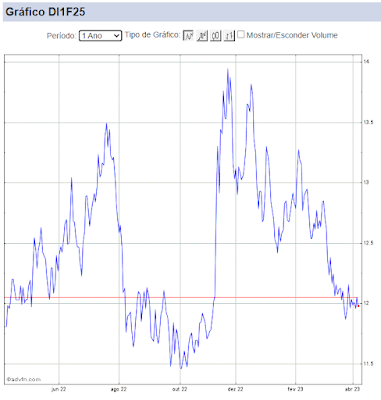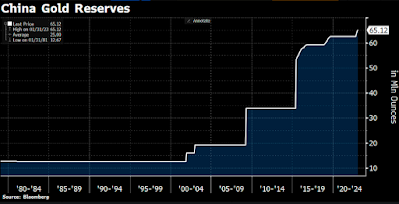China: Nova medida de liquidez
O PBoC anunciou um novo mecanismo de
injeção de liquidez na economia. A medida é mais uma, de inúmeras anuncias nos
últimos meses, com intuito de aliviar a liquidez do mercado. A postura mais
proativa do policy maker local deve ser vista como positiva pelo mercado:
All PBoC branches will be allowed to offer Standing Lending Facility
(SLF), following a pilot program at 10 branches. The SLF from PBoC local
branches will be offered to local financial institutions including city
commercial banks, rural commercial banks, rural cooperative banks and rural
credit cooperatives. The duration for SLF is usually set below three months.
Collateral such as bonds, central bank bills, policy financial bonds, and high
grade corporate debt are required. PBoC said it would extend help to financial
institutions to smooth short-term liquidity conditions ahead of Chinese New
Year holiday. The central bank’s local branches will closely track the liquidity
condition within its region through interbank offered rate and repo rate. Our
channel checks suggest that thresholds to activate the SLF from local branches
were set at 4.5% for overnight repo and 5.5% for seven-day repo rates. This
means once local financial institution’s repo rate breaks above the threshold,
PBoC's local branches will start the selective liquidity injection through SLF.
In our view, expansion of the SLF provision will help address liquidity
volatility. This is a positive step forward in developing infrastructure to
promote the stability of money markets. PBoC's latest quarterly report (for
details, please see, The PBoC's 4Q14 monetary policy execution report,
published on 10 Feb, 2015) suggests that it will make further use of selective
easing measures. We expect to see the PBoC launch more selective easing
measures, for example, Medium-term Lending facility and selective reserve
requirement ration adjustments, in the coming months. (From CS)


Comentários
Postar um comentário